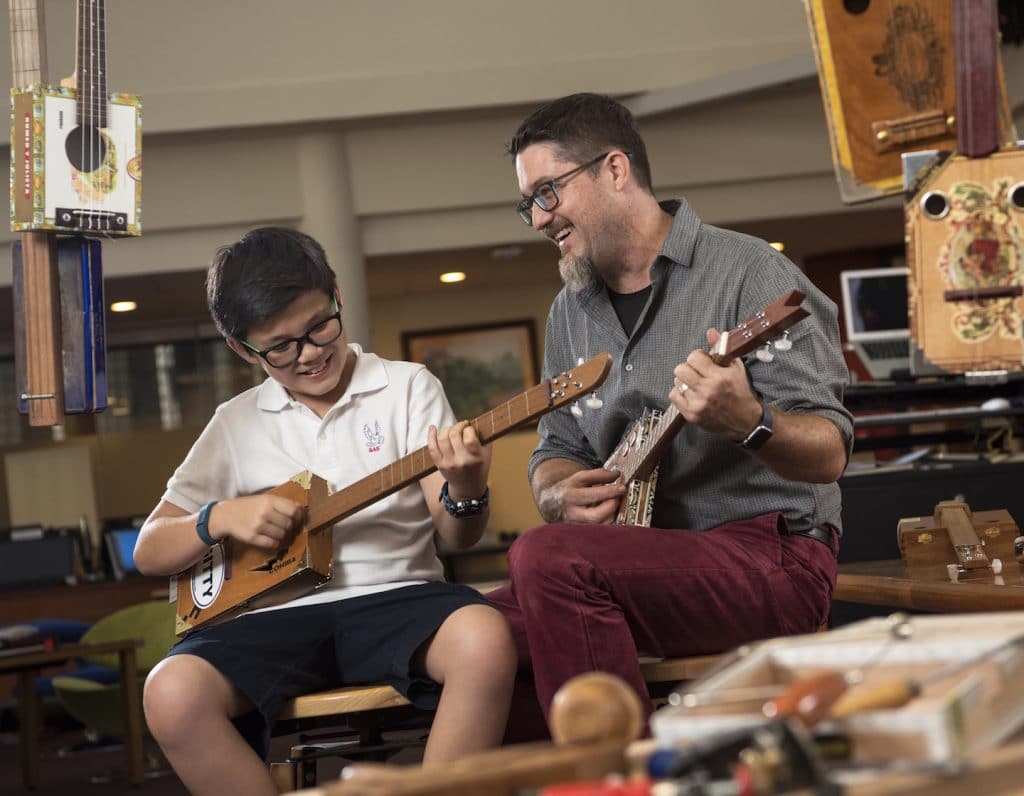
What is personalized learning, and how does it help today’s students prepare for a rapidly changing and uncertain future? The Superintendent of Singapore American School tells us more!
It’s well-trod territory at this point and an issue international schools in Singapore are constantly wrestling with: how to prepare students for future jobs that don’t even exist yet? (Or at the very least, don’t exist in their current form.)

The best schools need to get creative and innovate with the application of student learning across a broad range of contexts. After all, it’s the application of knowledge – figuring out how to process, adapt, and adjust – that best prepares students for a competitive and rapidly changing environment.
With more than 60 years of outstanding results under its belt, Singapore American School knows a thing or two about academic excellence, and for decades has kept on top of pedagogical best practices to ensure its students don’t just excel academically, but also exhibit strong character, leadership and resilience.
So what does that look like in 2018? SAS is focusing on personalized learning to deliver the best possible learning outcomes.
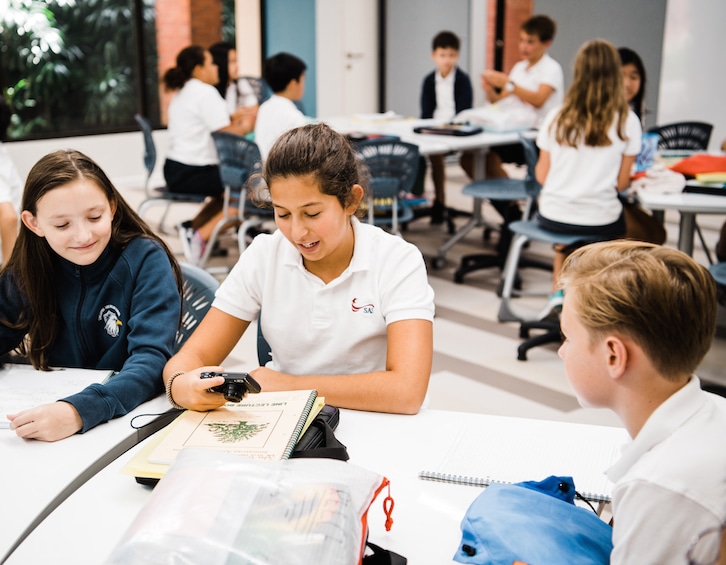
What exactly is personalized learning? It’s student –centered, grounded in each individual’s learner profile, and characterized by competency-based progressions, customized pathways and flexible learning environments. It’s a ways for students to take ownership of their own learning, while also developing meaningful relationships with each other, teachers, and members of the local and global community.
Says SAS Superintendent Dr. Chip Kimball,
“Never before have we had the tools and expertise to personalize learning like we can today. The more personalized the learning for each student, the more likely we are to tap into their full potential and capability.”
This manifests itself in ways big (such as how the curriculum is delivered) and small (like whether students prefer to learn at a table or sitting on the floor). And it’s happening at every age level across the school: in elementary school, students have “iTime” and “genius hour” to pursue their personal academic interests. Middle school students have “TRi Time,” to work on projects via collaboration and inquiry, with an eye toward learning from failures and developing resilience. And SAS high school students can pursue independent study projects through the innovative Catalyst program.
SAS also emphasizes flexible learning environments, which are shown to help best implement personalized learning by allowing students to collaborate on group projects, get hands-on with experimentation, and connect with the outdoors. This starts with SAS’s beautiful Reggio-Emilia Early Learning Center and continues right on up through its new kindergarten learning communities, newly revamped sixth grade classrooms with moveable walls, and dedicated spaces at the high school level for Cataylst and the Quest program.
While competency-based learning progressions provide the scaffolding of skills in a content area or grade level, customized pathways give students the opportunity to link experiences together and further develop an area of passion.
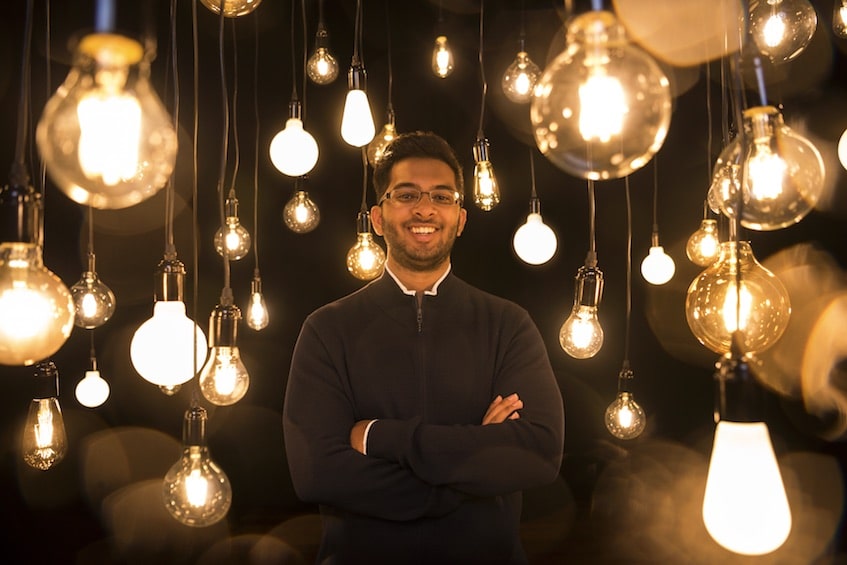
A customized path responds and adapts to students based on their learner profile, encompassing their individual learning progress, strengths, needs, interests and goals. At SAS each student’s progress toward clearly defined learning goals is regularly assessed against defined performance levels and the larger curriculum to ensure students achieve desired learning outcomes.
Personalized learning is not individualization – which asks teachers to customize instruction to accommodate learning needs – but rather a way to better connect learning with interests and passions. It doesn’t mean kids are always choosing what to learn, but instead gives them some agency over how to show their learning through SAS’s rigorous standards. Nor is personalized learning technology-centric; instead technology is a tool to present content and gather evidence of student learning.
“Today more than ever,” concludes Dr. Kimball, “we understand how the brain works, how social-emotional experiences can impact learning, and how technology can enable learning. We are ready for a new era of learning at SAS.”
Want to learn more about personalized learning at SAS, mama? Click here to check out more behind the scenes and see how SAS teachers are personalizing learning to students of all ages.
Singapore American School, 40 Woodlands Street 41, Singapore 738547, Tel: (+65) 6363 3403, www.sas.edu.sg
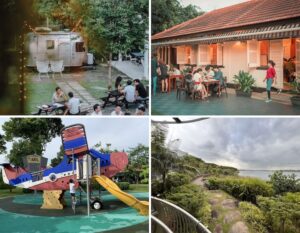


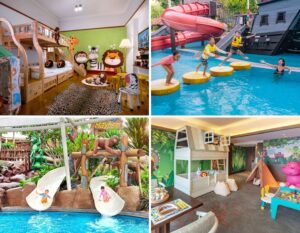

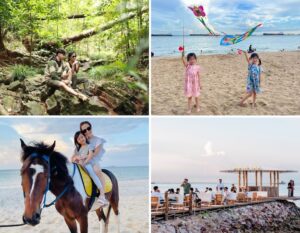
 View All
View All
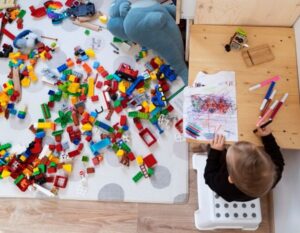


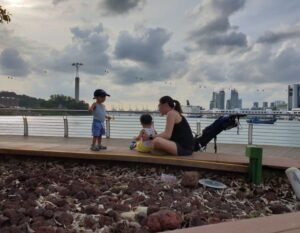
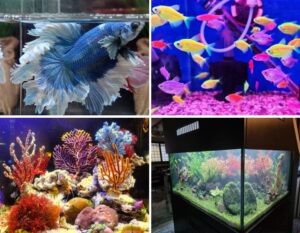
 View All
View All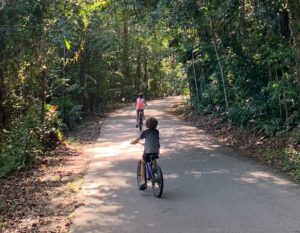
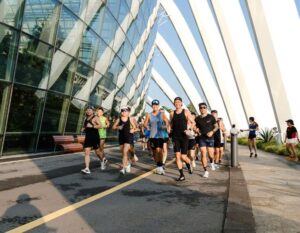
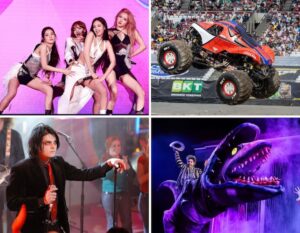
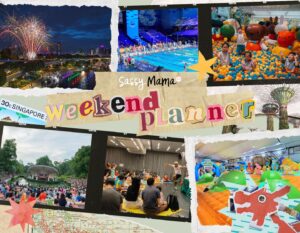
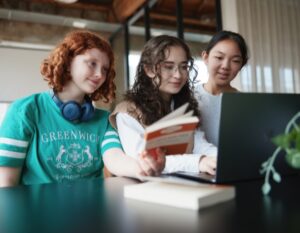
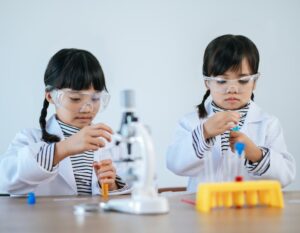
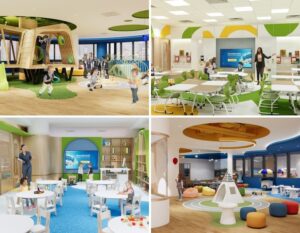

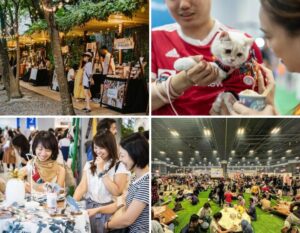
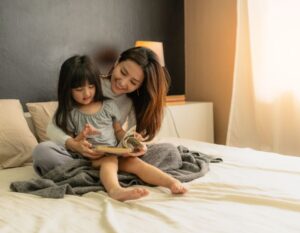
 View All
View All

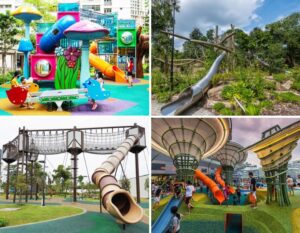

![[𝗦𝗔𝗩𝗘 𝗧𝗛𝗜𝗦] 𝗙𝗿𝗲𝗲 𝗔𝗰𝘁𝗶𝘃𝗶𝘁𝘆 𝗙𝗼𝗿 𝗞𝗶𝗱𝘀 𝗪𝗵𝗼 𝗟𝗢𝗩𝗘 𝗙𝗶𝗿𝗲𝘁𝗿𝘂𝗰𝗸𝘀! 🚒🔥
Skip the usual mall stroll and check out the Civil Defence Heritage Gallery! It’s free, air-conditioned, and housed in Singapore’s very first fire station, just across from Funan Mall.
Spanning two full floors, the gallery dives into Singapore’s firefighting history, major rescue missions, and the evolution of the SCDF. There are interactive exhibits, immersive displays, and even emergency preparedness tips for the public.
Bonus: Selected fire stations also host Saturday morning open houses with guided tours where you can watch fire gear demos, meet firefighters, and see those high-pressure water sprays in action!
𝗛𝗼𝘄 𝗺𝘂𝗰𝗵? FREE
𝗪𝗵𝗲𝗿𝗲? 62 Hill St, Singapore 179367
𝗢𝗽𝗲𝗻𝗶𝗻𝗴 𝗵𝗼𝘂𝗿𝘀? 10 am–5 pm (Closed on Mondays)
Comment “Fire” or link in bio for more details!
Tag your parent crew and plan your next adventure with the little ones! 👨👩👧👦💥
.
.
.
.
.
.
.
#SGFireStation #SCDFGallery #ThingsToDoWithKidsSG #FreeFamilyFun #SGParents #KidFriendlySG #FiretruckLovers #MuseumAdventure #SCDF #HeritageGallery #SGMums #FamilyWeekendSG #LearningThroughPlay #SingaporeWithKids](https://www.sassymamasg.com/wp-content/plugins/instagram-feed/img/placeholder.png)
